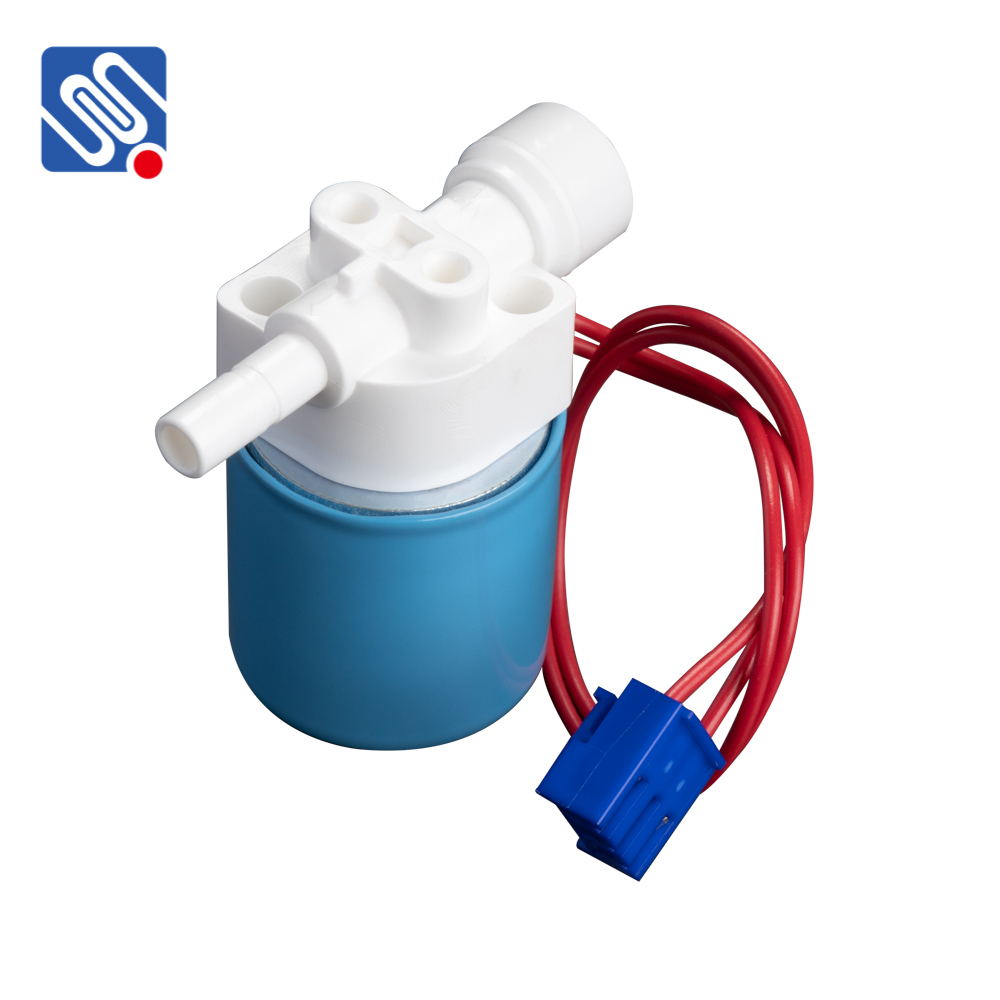In the world of water purification, reverse osmosis (RO) technology is one of the most widely used methods for producing clean, potable water. At the heart of any efficient RO system is a series of components that work together to ensure proper filtration and water flow. Among these, the RO solenoid valve stands out as an essential component in regulating water flow, pressure, and system efficiency. This article will explore the role, functionality, and importance of the RO solenoid valve in reverse osmosis systems, as well as key factors to consider when choosing the right valve for your needs.

What is an RO Solenoid Valve? A solenoid valve is an electromechanical device that controls the flow of liquids or gases through a pipe by using a solenoid (electromagnetic coil) to operate a valve. In the case of reverse osmosis water treatment systems, the RO solenoid valve plays a crucial role in controlling the flow of water into the system and maintaining the necessary pressure levels. The valve opens or closes based on electrical signals, which is why it is often referred to as an “electromagnetic valve.” How Does an RO Solenoid Valve Work? The functioning of an RO solenoid valve is quite simple yet highly effective. The valve contains an electromagnetic coil (the solenoid), which, when energized, creates a magnetic field that moves a plunger or piston inside the valve. This movement opens or closes the valve, allowing or restricting the flow of water. When the solenoid is de-energized, the plunger is held in place by a spring, and the valve remains closed. When energized, the solenoid pulls the plunger, opening the valve and allowing water to flow.